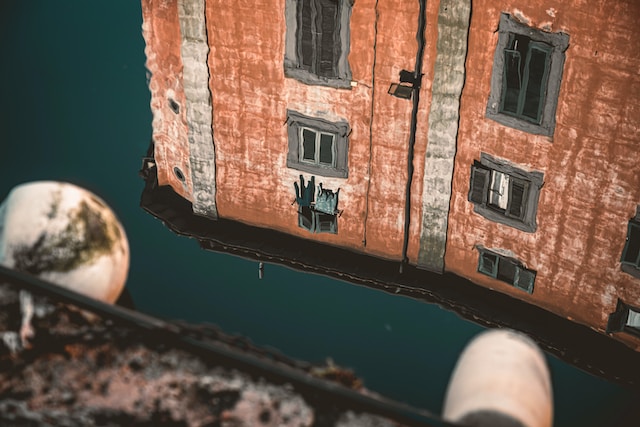Imagine experiencing art not just through sight but through the convergence of multiple senses. Synesthetic art is a captivating realm where colors have tastes, sounds have shapes, and artistic expression transcends traditional boundaries. In this article, we delve into the enchanting world of synesthetic art and explore how it bridges the gaps between sensory experiences.
Synesthesia Defined
Synesthesia is a neurological phenomenon where stimulation of one sensory or cognitive pathway leads to involuntary experiences in another. In the context of art, synesthetic artists harness this phenomenon to create works that stimulate multiple senses simultaneously.
The Sensory Synthesis:
In synesthetic art, artists explore the intersection of senses such as sight, sound, taste, touch, and smell. They craft multisensory experiences that invite viewers to perceive art in profoundly unique ways.
The Role of Color and Sound:
Color and sound are frequently intertwined in synesthetic art. For example, artists may associate specific colors with musical notes, creating visual compositions that reflect the melodies they hear in their mind’s eye.
Musical Paintings:
Some synesthetic artists translate music into paintings, resulting in visually stunning representations of soundscapes. These artworks often capture the rhythm, harmony, and emotion of music through color and form.

Sensory Overload:
Synesthetic art can create a sensory overload, immersing viewers in a symphony of experiences. This immersion challenges traditional notions of passive art appreciation, inviting active participation.
Sensory Interaction:
Interactive installations and performances take synesthetic art to the next level. Viewers can physically engage with the artwork, triggering a cascade of sensory experiences.
The Mind of the Synesthete:
Synesthetes, individuals with synesthesia, often become synesthetic artists. They provide a unique window into the interplay of senses and how it influences their creative process.
The Science of Synesthesia:
Scientists are unraveling the mysteries of synesthesia, exploring its neural underpinnings and its potential to enhance creativity and artistic expression.
Challenges and Limitations:
Creating and experiencing synesthetic art can be challenging. Artists must effectively communicate their sensory experiences, and viewers must be open to perceiving art in unconventional ways.
Beyond the Visual and Auditory:
While color and sound are common elements, synesthetic art can extend to other senses, including taste, touch, and smell. Some artists explore the taste of colors or the texture of music.

Inspiration from Literature:
Literature has also played a role in synesthetic art. Artists have translated written words into visual and auditory experiences, offering a fresh perspective on literary classics.
Synesthesia in the Digital Age:
Digital technology has expanded the possibilities of synesthetic art. Virtual reality (VR) and augmented reality (AR) platforms allow artists to create immersive synesthetic experiences that transcend the limitations of the physical world.
Conclusion – A Symphony of the Senses:
Synesthetic art invites us to explore the rich tapestry of sensory experiences that shape our perception of the world. It challenges us to embrace the idea that art is not confined to a single medium or sense but can encompass the full spectrum of human perception. As we venture further into this mesmerizing realm, synesthetic art reminds us of the limitless potential of creativity and the boundless ways in which we can express the kaleidoscope of our senses. It invites us to see, hear, taste, touch, and smell the world of art in ways that expand our understanding and appreciation of the human experience.

